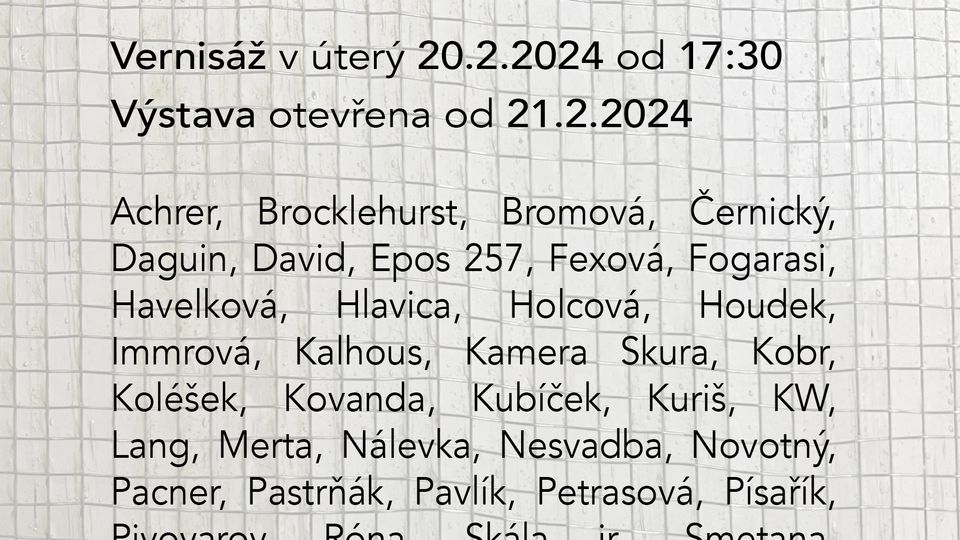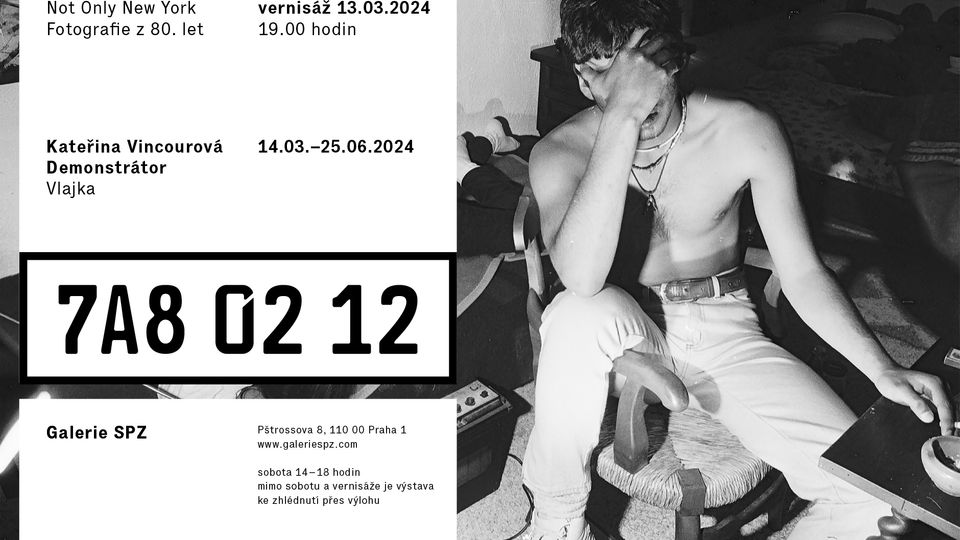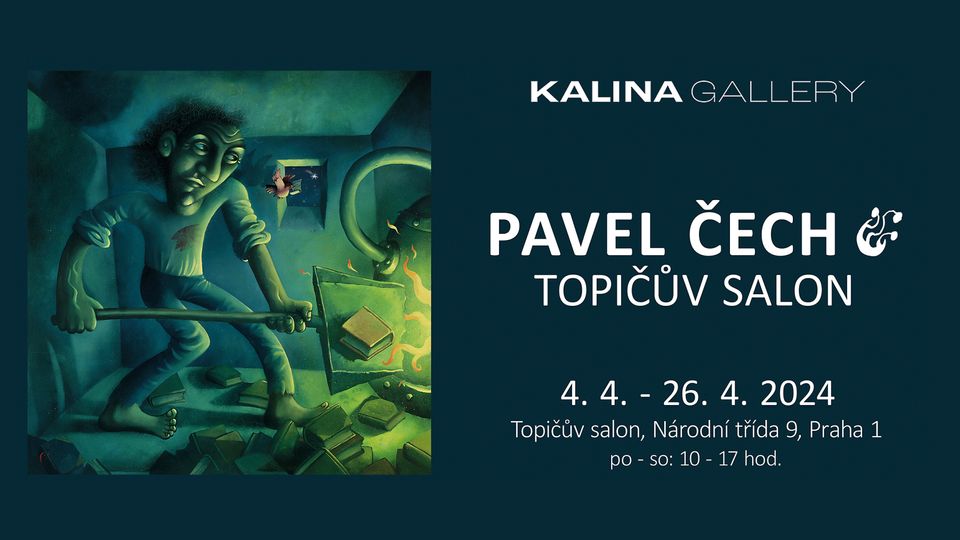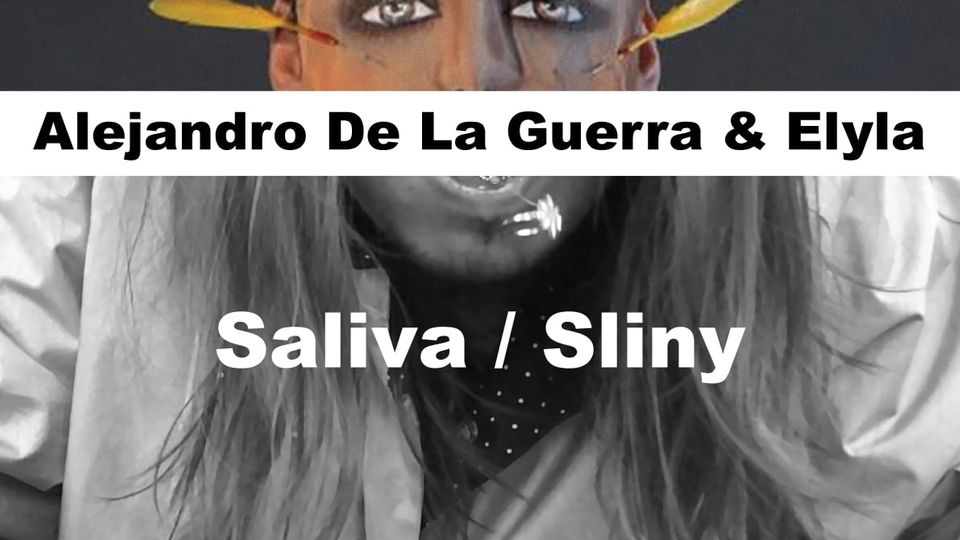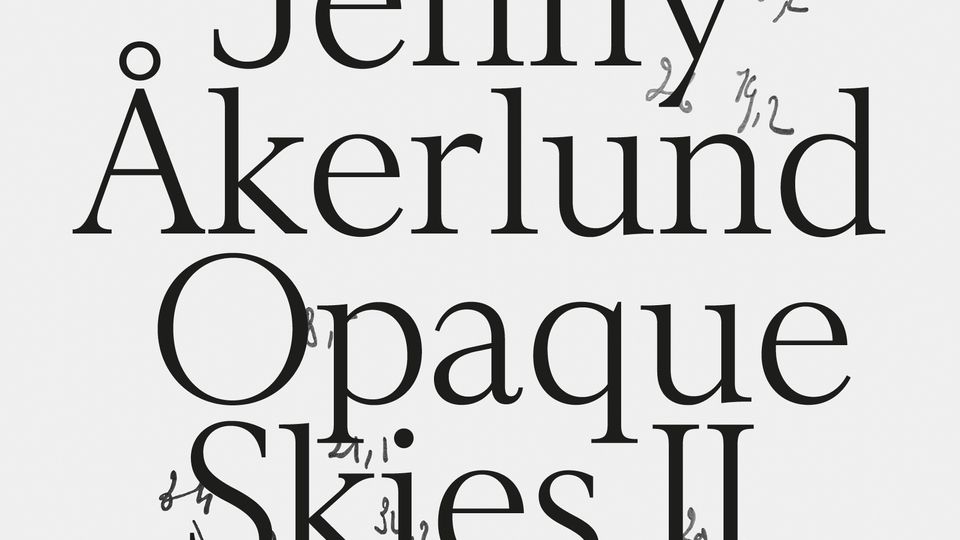Megan R. Luke – Photoplastik: Max Klinger’s Beethoven
29. 11. 2017
Přednášky a diskuze
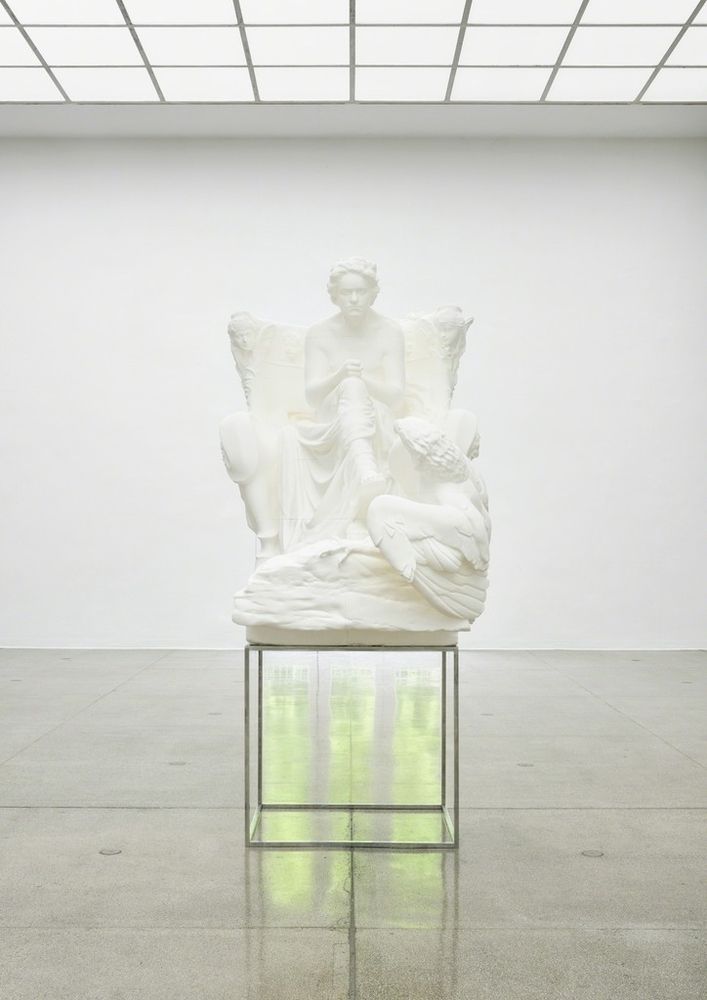
How have technologies of reproduction and the development of new, elastic materials remade the sculptural object in modernity, transforming it from an art of the classical figure into an art of space, surface, and mass commodification? And what consequences does this media history have for our present return to the facsimile object through the increasing viability of 3D printing and screen-based digital rendering? This lecture considers the case of the Beethoven monument by Max Klinger, his magnum opus in sculpture. Conceived as early as 1886 and completed in 1902 in time for its unveiling at the new Vienna Secession, this sculpture challenged the very conception of monumentality with its daring polychromy and unusual fusion of sculptural genres. Klinger experimented with industrial techniques for the fabrication of this ambitious work, most notably collaborating with the photographer Nicola Perscheid on a series of illustrated books that documented every stage of his process, including early experiments with color photography. In 2016, the artist Oliver Laric extended the mediation of this sculpture into new directions when he installed a life-size 3D print in polymer resin in very spot in the Secession where it had originally debuted. His resurrection of the Beethoven monument prompts us to consider it as a touchstone for the conjoined histories of sculpture and technological reproducibility in the digital age and to use it as a guide to track the emergence and revival of the phenomenon of Photoplastik, or “photo-sculpture”.

